Permaculture Food Garden Design for Small Spaces
/Food gardening is on the rise, and it seems like every time you turn on the TV or scroll through social media, someone’s offering a new garden hack or tip. The landscape of gardening advice out there is vast, and while some of it is genuinely helpful, some of it can be downright destructive, like the post I saw on Instagram today advising people to mix baking soda, salt, and vinegar and spray it on your plants to kill aphids. (Follow that tip and you’re more likely to kill your plants instead.)
If you’re struggling in your garden, whether you’re battling pest infestations, feeling disappointed with poor harvests, or nursing struggling plants, there is one science-backed practice that can help you design and grow a healthier, more productive garden. Let me be clear, though: it’s not a quick fix or a trendy hack. It’s a system of growing that works with, and not against, your local ecosystem: permaculture.
What is Permaculture?
At its core, permaculture is a design philosophy that mimics the patterns and relationships found in natural ecosystems. Originally coined by Bill Mollison and David Holmgren in the 1970s, the term comes from “permanent agriculture” — though today it can also mean “permanent culture,” which reflects how these principles go beyond gardening practices to nurture a holistic way of living.
When the term permaculture is applied to food gardening it refers to creating a self-sustaining system where every element supports another. When you create this kind of system in your garden, you ultimately reduce waste, conserve resources, and foster biodiversity. Instead of constantly fighting nature with pesticides or labor-intensive interventions, you work with natural processes — harnessing them to build healthier soil, attract beneficial insects, and minimize or contain pest outbreaks.
Why Permaculture is So Beneficial for Gardens
Permaculture is especially valuable for food gardens because it helps gardeners
Use space and resources more efficiently. Layered plantings, companion planting, and perennial systems can produce more food in less space.
Enhance soil health naturally. Instead of relying on synthetic fertilizers, permaculture gardens emphasize composting, mulching, and integrating nitrogen-fixing plants to keep soils rich and alive.
Manage pests and diseases organically. Diverse plantings confuse pests and invite predators like ladybugs, lacewings, and birds that keep harmful insects in check. Healthy, biologically active gardens are more resilient to disease.
Conserve water and reduce runoff. Techniques like swales, mulched beds, and rainwater harvesting channel water precisely where it’s needed and preserve natural resources.
Create low-maintenance, regenerative systems. Over time, a well-designed permaculture garden requires less input, which means fewer fertilizers, pesticides, and even less watering. This is only possible because a permaculture system functions more like a natural ecosystem.
For gardeners who have struggled with issues like recurring pest infestations or nutrient-hungry crops, permaculture offers a way to solve these problems by fostering balance rather than constantly battling symptoms that are really indicators of a larger problem.
Why Permaculture Works So Well in Small Spaces
Many people assume permaculture requires sprawling acreage, but its principles can be even more powerful in small backyard plots, patios, or balcony gardens. In tight spaces, every square foot counts. Permaculture techniques like vertical growing, companion planting, and stacking functions (letting one plant support another’s needs) allow you to improve your harvests and expend less effort.
By thinking carefully about plant placement, water flow, sun exposure, and how different species interact, even a tiny plot can become a thriving, nearly self-managing ecosystem. And because permaculture encourages using diverse, multi-layered plantings, small gardens end up being not only more productive but also more beautiful and biodiverse.
Key Permaculture Design Principles for Small Gardens
You don’t need acres of land to practice permaculture. In fact, small gardens and even container gardens can often be more efficient and easier to observe and manage. Here are a few foundational principles that work very well in limited spaces:
Observe and interact: Spend time watching how sun, shade, wind, and water move through your space. Notice which areas warm up first, where moisture collects, and which spots might be prone to drying out.
Catch and store energy: In small spaces, this often means maximizing how you capture sunlight (with vertical structures or even reflective surfaces) and storing water in the soil with mulch or small rain barrels.
Use and value diversity: A mix of plants with different sizes, growth habits, and bloom times confuses pests, attracts more pollinators, and makes your garden more resilient to disease.
Stack functions: Let each element serve more than one purpose. For example, a trellis can provide support for pole beans, shade for tender greens, and a windbreak for other plants.
Repurpose waste: Compost your kitchen scraps, use fallen leaves as mulch, and find ways to return organic matter to the soil.
By applying even a few of these principles, your garden becomes more dynamic and less prone to the common problems that plague conventional plots.
Practical Layout Tips & Examples for Small Spaces
Permaculture design is all about making the most of what you have. Here are some small-space strategies that incorporate those principles:
Grow vertically. Use trellises, fences, or even repurposed pallets to train cucumbers, squash, peas, or beans upward. This frees up ground space for low-growing herbs or lettuces underneath.
Use container guilds. In a large pot, you might combine a deep-rooted tomato, a shallow-rooted basil, and some trailing nasturtiums that spill over the edge, drawing in pollinators and deterring pests.
Create microclimates. Place heat-loving plants against a sunny wall where warmth reflects, or use taller plants to provide partial shade for greens that prefer cooler conditions.
Pathways with purpose. Instead of wide walkways, use stepping stones set among creeping thyme or clover. They’ll reduce bare soil (which loses moisture) and add beauty and habitat.
Interplant intensively. Instead of single rows, mix compatible plants together—like carrots and onions—to confuse pests and maximize space.
Even if your entire garden is a series of raised beds or patio containers, you can design it to function like a layered ecosystem.
Ideas for Guilds and Companion Planting in Tiny Spaces
One of the most practical ways to bring permaculture into a small garden is through guilds—groupings of plants that support each other. Classic examples include
Tomato, basil, and marigold. Basil can enhance tomato flavor and repel pests, while calendula (pot marigold) and coreopsis (tickseed) attract pollinators. Certain varieties of marigolds (such as tangerine, moonstruck yellow, and crackerjack) can also discourage root-knot nematodes when they are planted as a cover crop and tilled into the soil.
Carrots and onions (or chives). The strong scent of onions can confuse carrot flies and other pests, while carrots break up compacted soil layers. Carrots also attract beneficial insects like ladybugs
Beans, lettuce, and radishes. Beans climb or bush out above, lettuce stays low and benefits from the filtered light, and quick-growing radishes break up the soil. Radishes can also act as a trap crop, attracting aphids and keeping them off of your lettuce plants
If you only have a few containers, you can still mimic guilds. Try planting a dwarf fruit tree in a half-barrel with nasturtiums or calendula to draw in pollinators and repel aphids. Or tuck garlic or chives around the edges of pots to deter insects.
Ready to start designing your own small-space permaculture garden?
Whether you’re working with a backyard plot, a few raised beds, or a handful of containers, a little thoughtful planning can turn your space into a thriving, resilient mini-ecosystem. Permaculture isn’t about being perfect—it’s about building a garden that gets healthier and more abundant over time. By starting small and observing what works, you’ll soon find your garden needs less intervention and gives you more in return.
If you’d like some extra tools to help you map it all out, be sure to check out the downloadable garden journal pages in the Green and Prosperous store. And if you haven’t yet, join my email list to get weekly gardening tips and seasonal advice delivered straight to your inbox — so you can keep growing your healthiest, most abundant garden yet!
You may also be interested in…






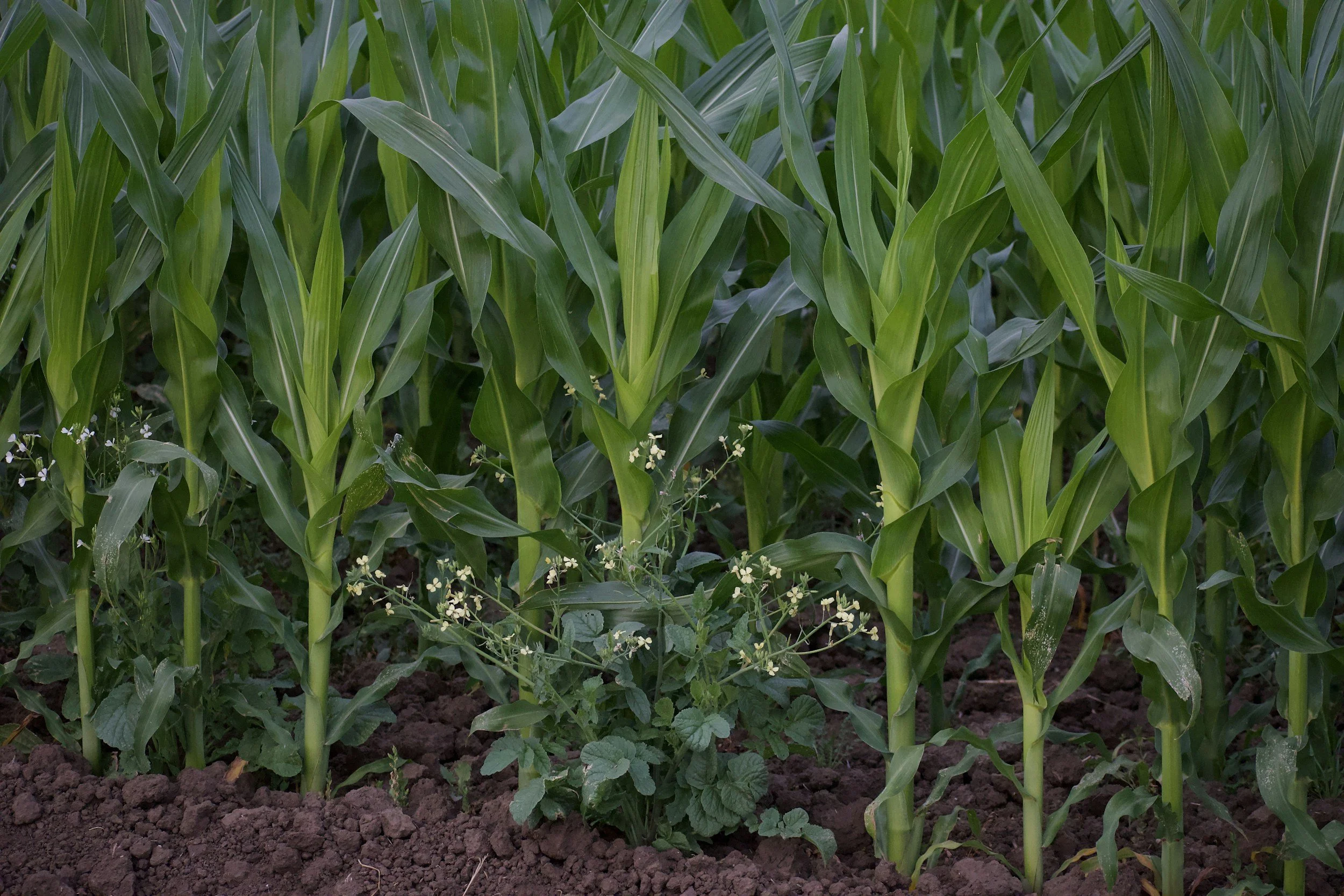






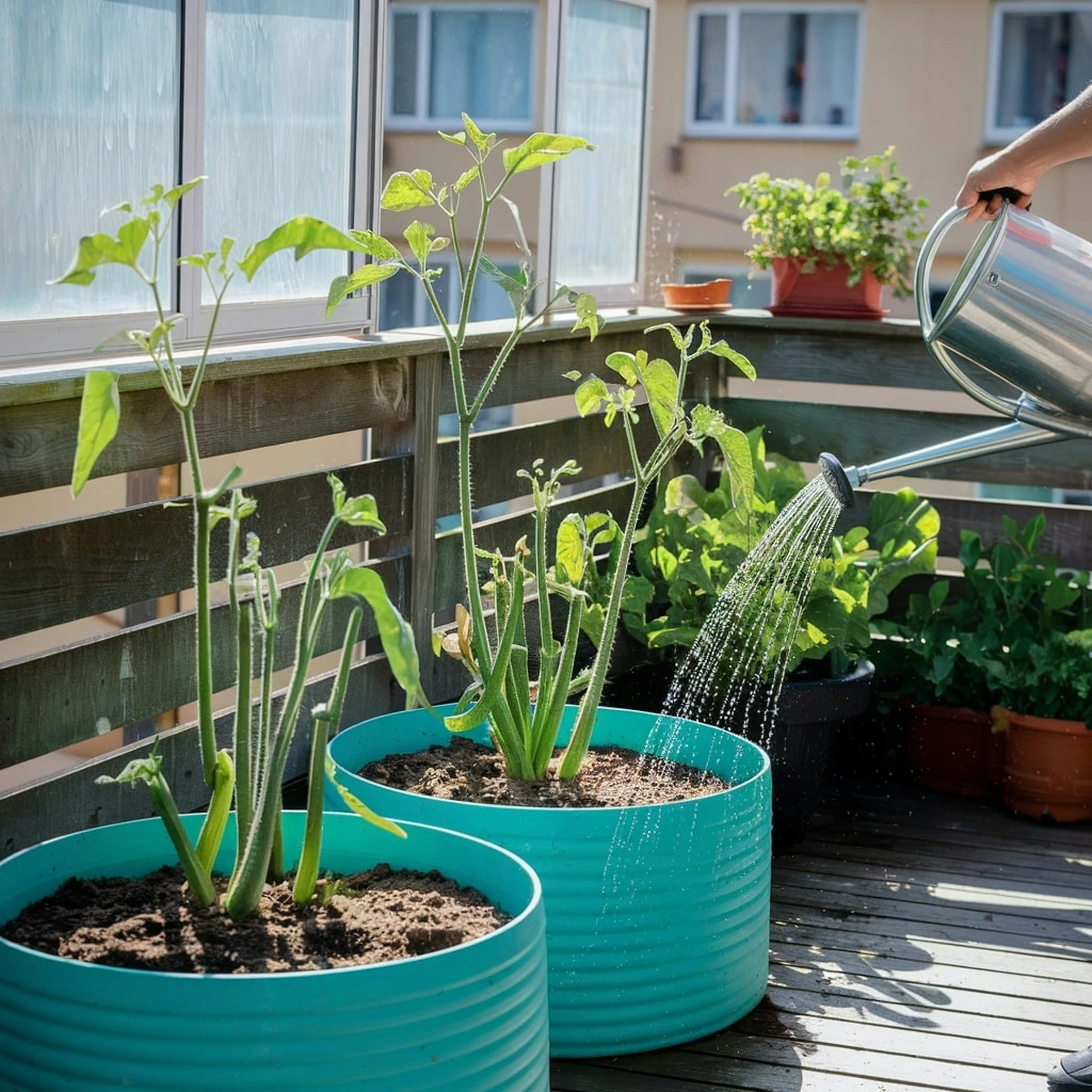
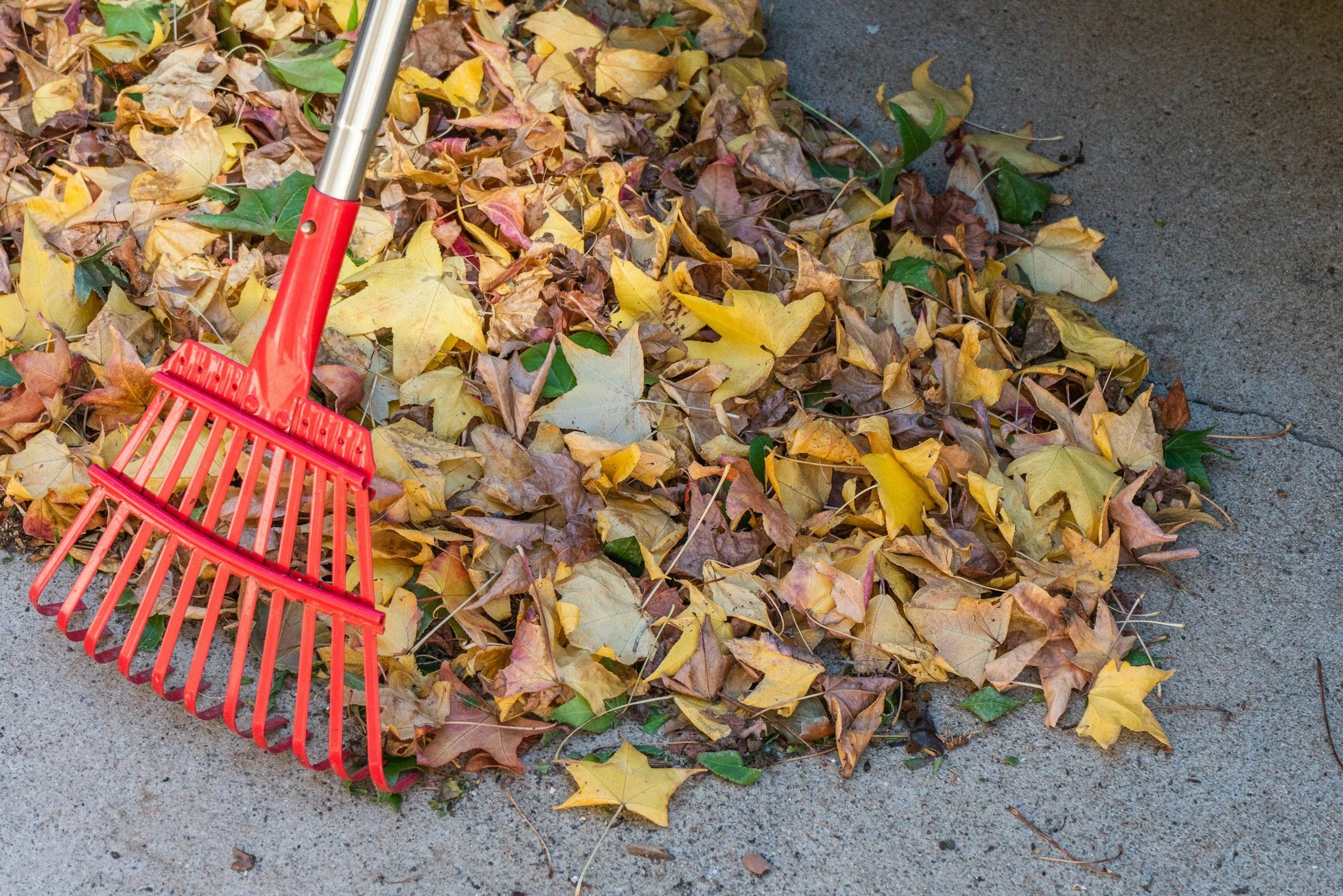








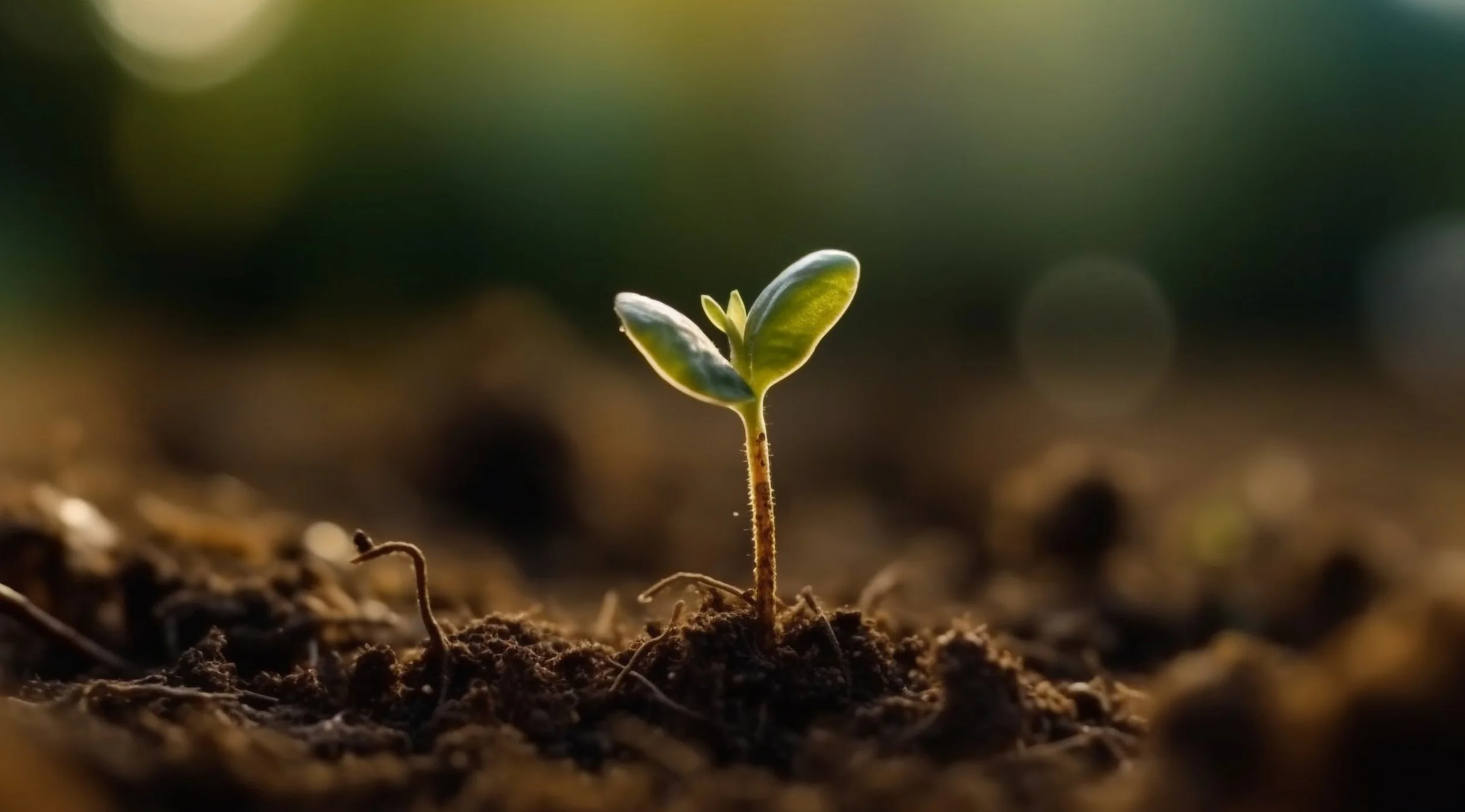



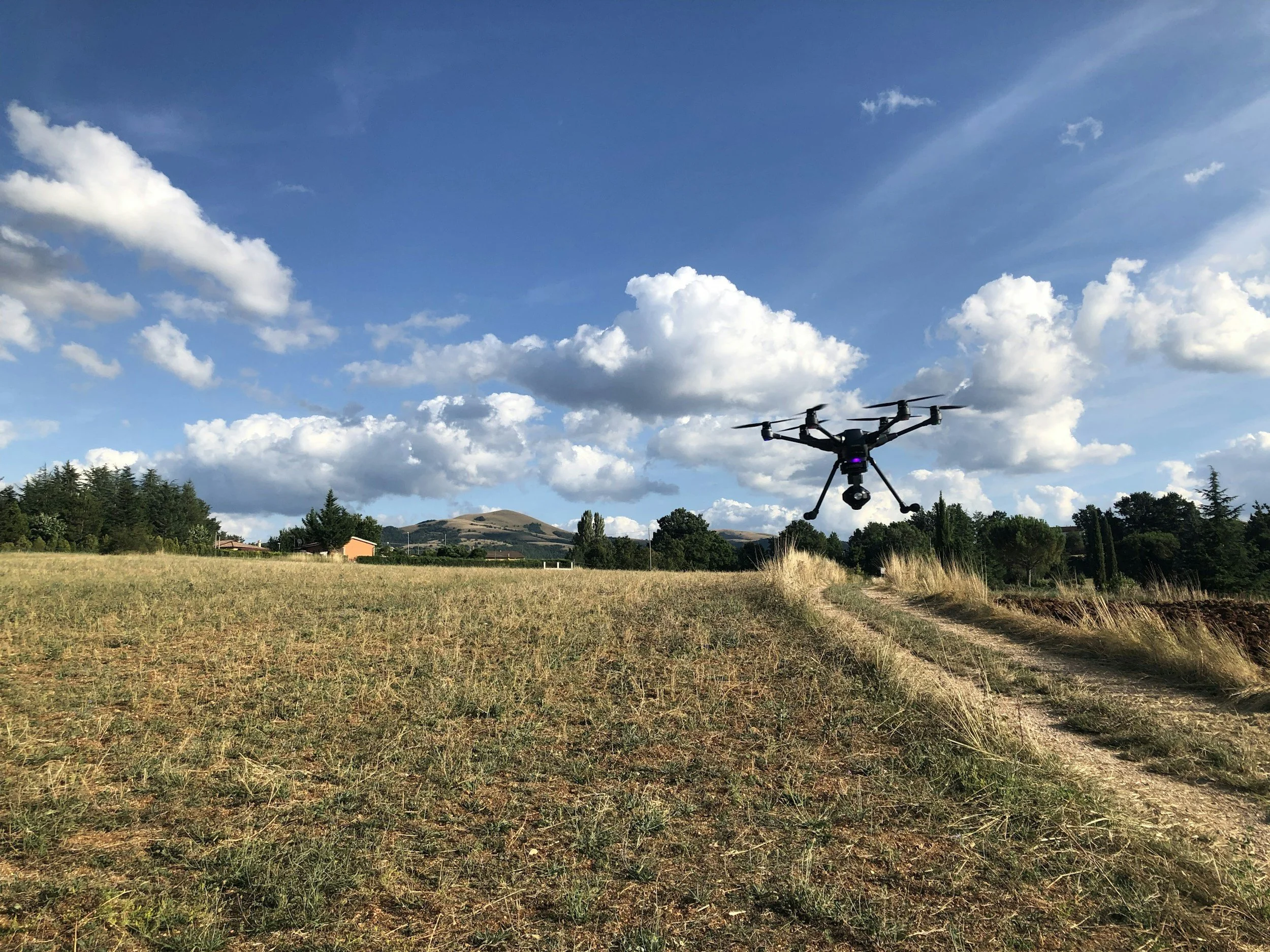




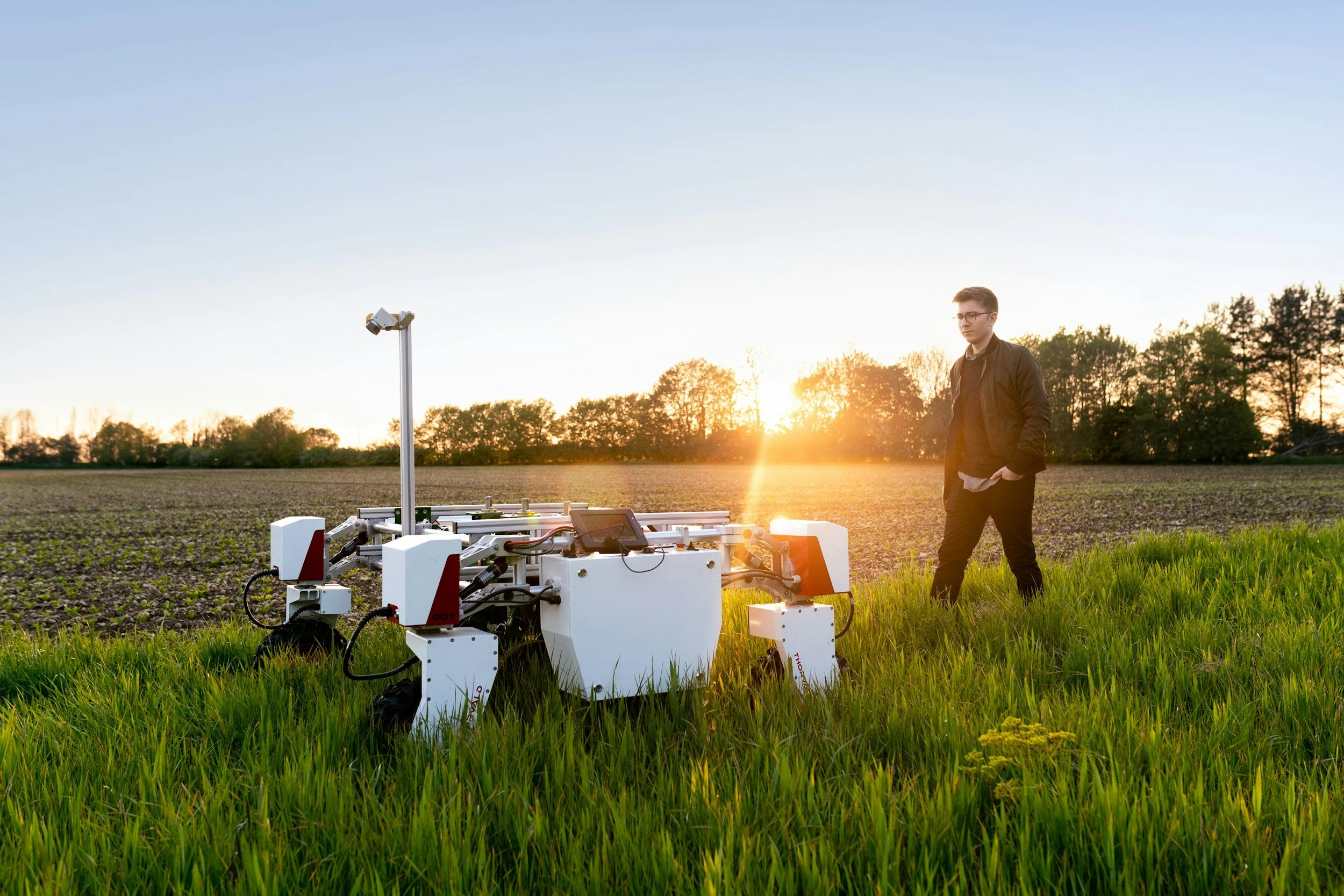









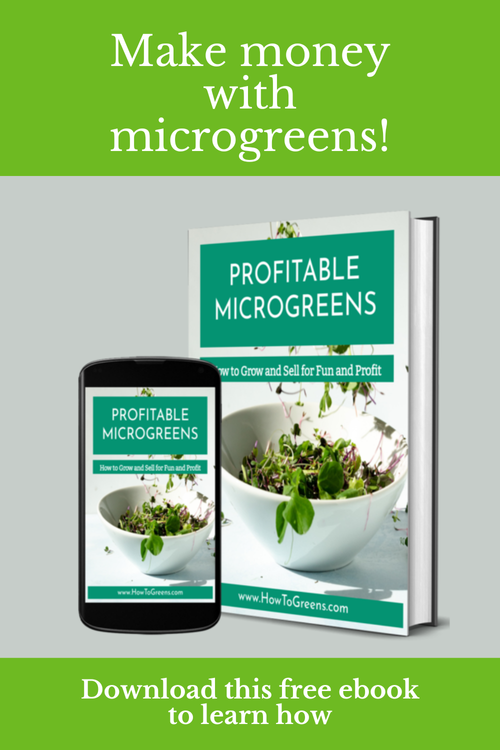
Food gardening is on the rise, and it seems like every time you turn on the TV or scroll through social media, someone’s offering a new garden hack or tip. The landscape of gardening advice out there is vast, and while some of it is genuinely helpful, some of it can be downright destructive, like the post I saw on Instagram today advising people to mix baking soda, salt, and vinegar and spray it on your plants to kill aphids. (Follow that tip and you’re more likely to kill your plants instead.)